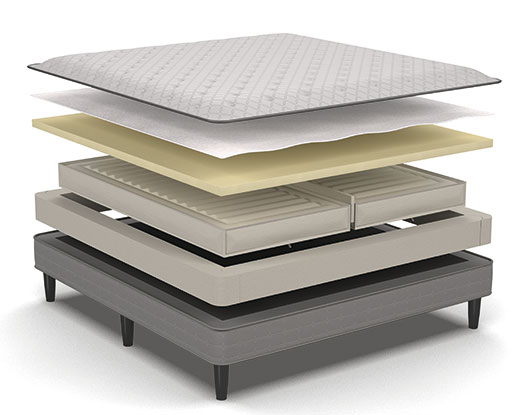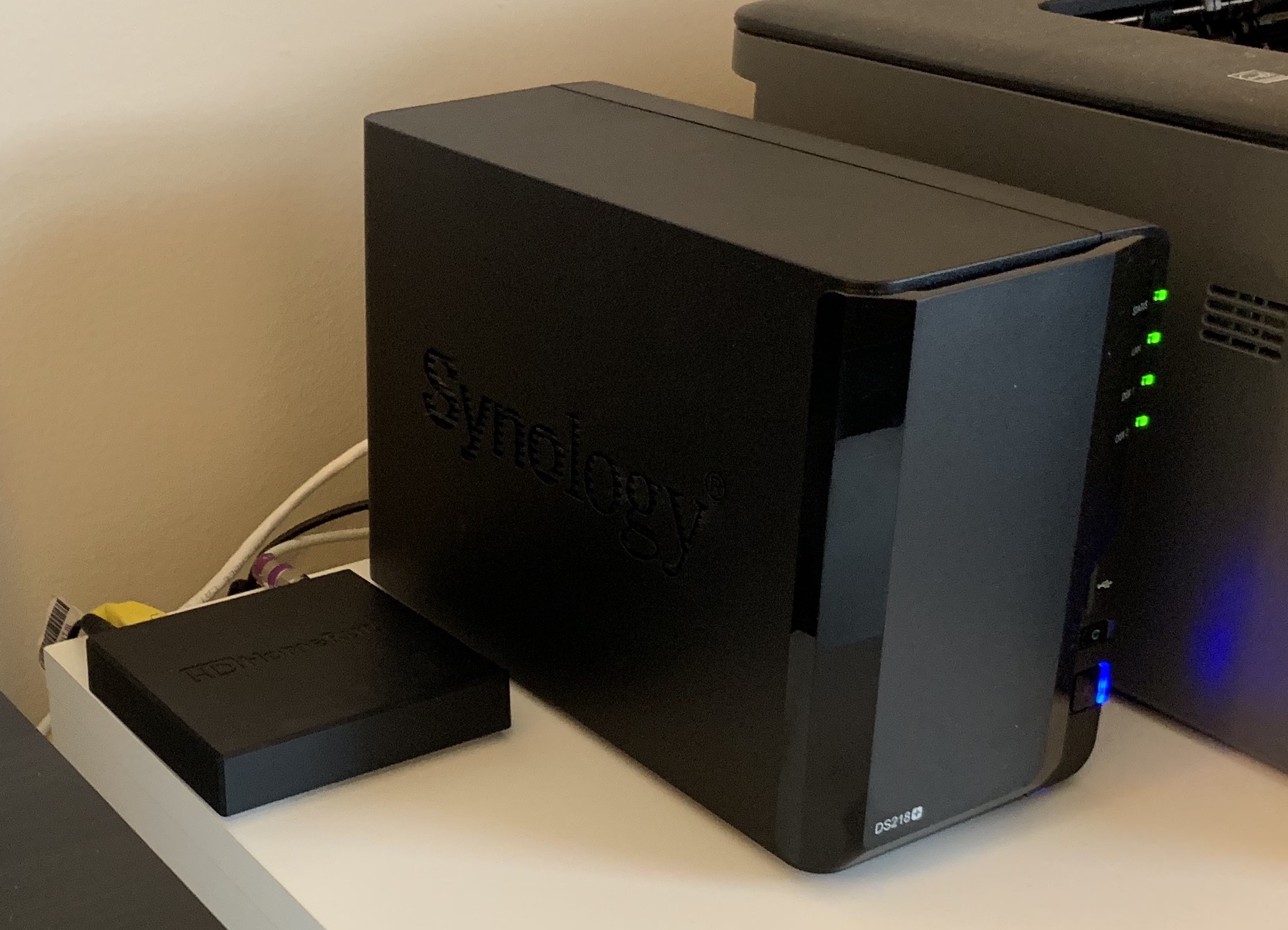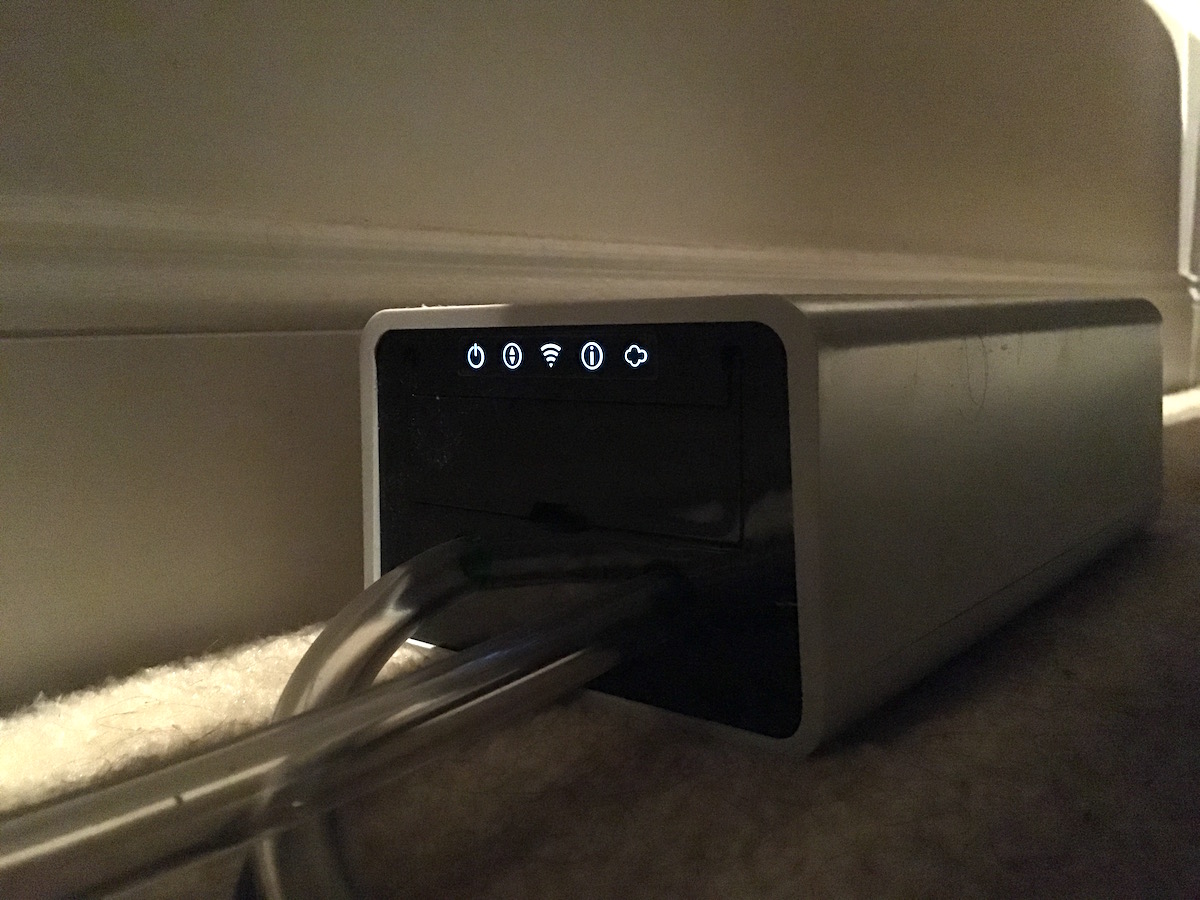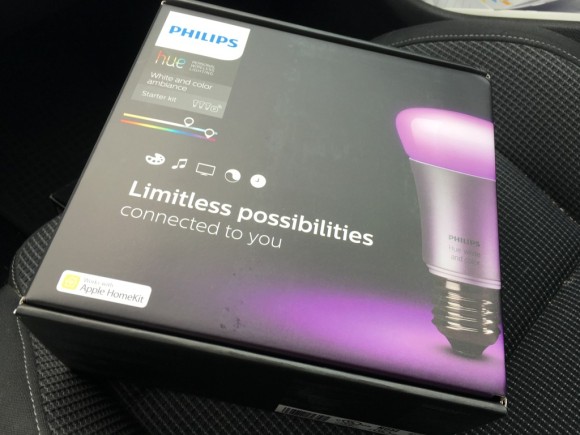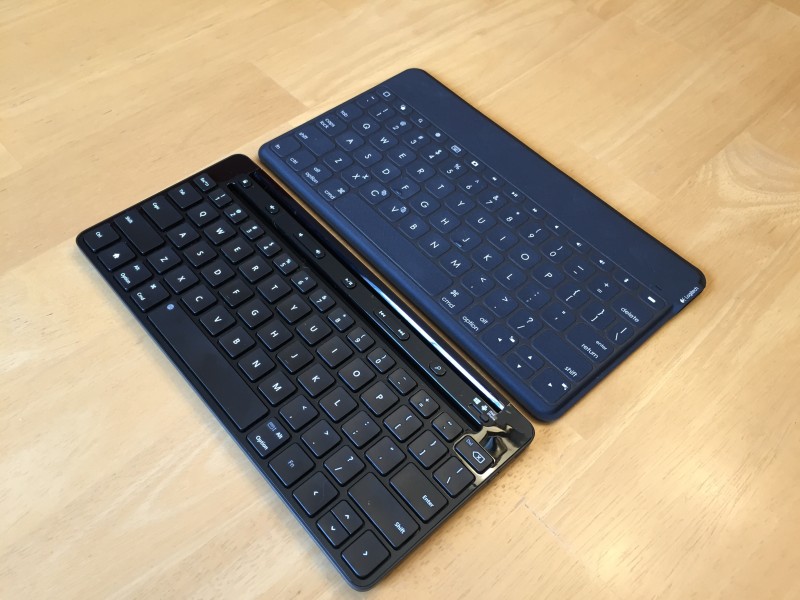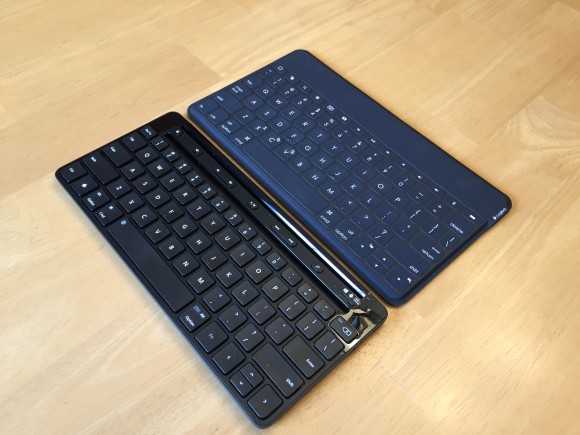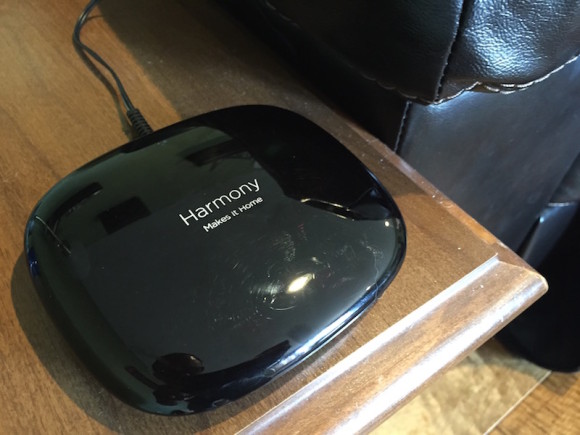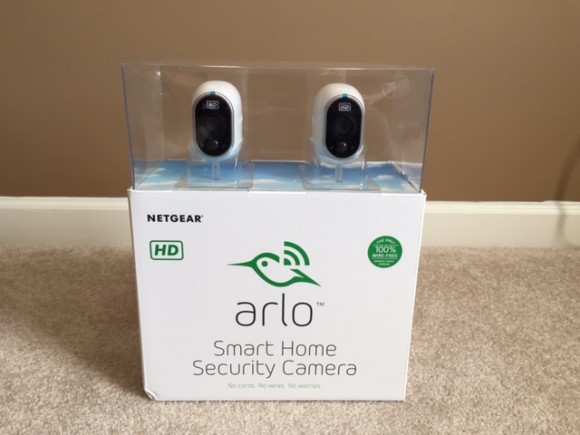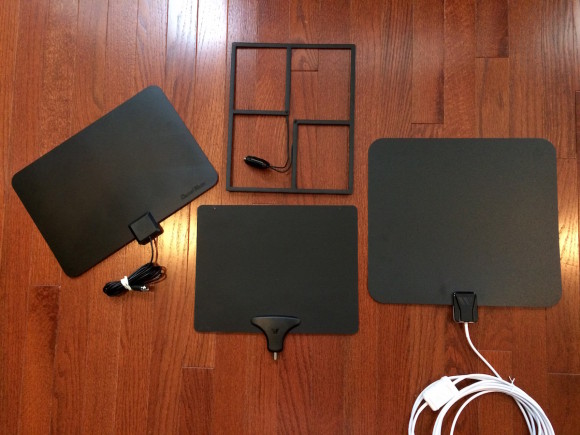When it came time to choose a new mattress this past summer, I decided to wire up our bedroom with Sleep Number and Sleep IQ. Casper gets a whole lot of tech press, for reasons that aren’t entirely clear given their now commonplace bedding materials and a limited one-mattress-fits-all product lineup. Whereas I truly hoped to embrace technology as a potential means of enhancing our sleeping experience. Sleep Number seemed to fit the bill. And, four months in, we’re extremely satisfied with our decision.
After hours of research, including extensive and appreciated online pre-sales chat along with an impressive Consumer Reports’ endorsement, I ended up purchasing the entry-level Sleep Number C2 model with a SleepIQ upgrade. Interestingly, the same core components and functionality are found within all Sleep Number mattresses (that we’ll get to in a minute). What differs are things like padding and cover thickness or composition. Indeed, the Sleep Number C2 is Consumer Reports second highest rated bed… right behind the Sleep Number i8, but at 1/3rd the cost. Having replaced a pair of name brand mattresses the last few years, due to depressingly rapid deterioration, we’re appropriately conservative with ongoing bedding investments.
